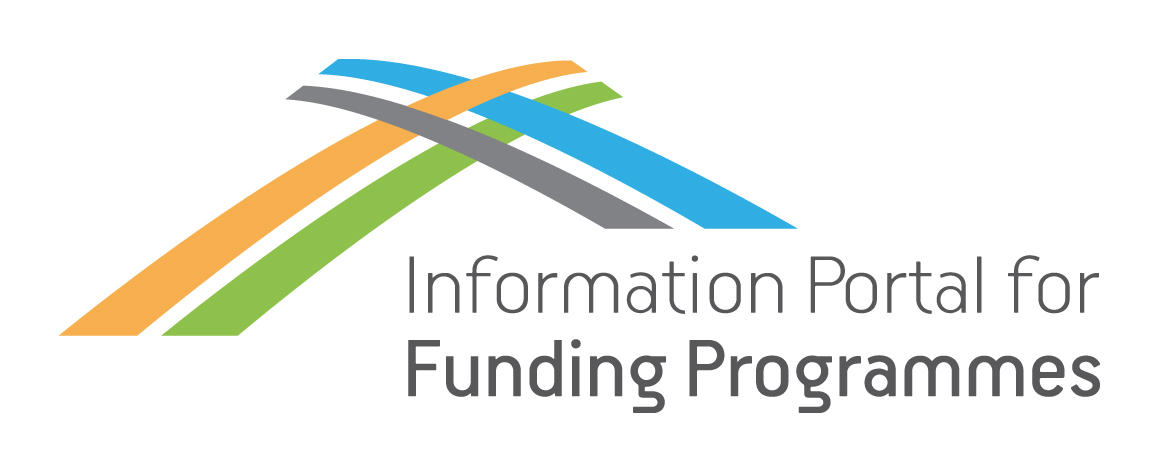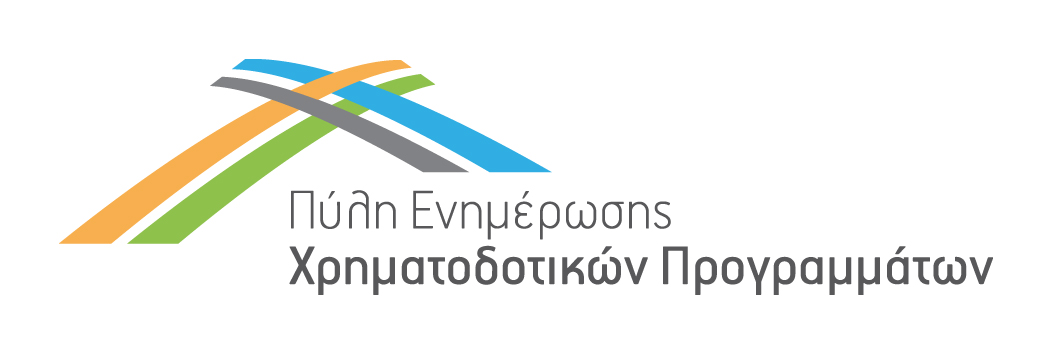Programme Category
Programme Name
Programme Description
Horizon Europe is the European Union (EU) funding programme for the period 2021 – 2027, which targets the sectors of research and innovation. The programme’s budget is around € 95.5 billion, of which € 5.4 billion is from NextGenerationEU to stimulate recovery and strengthen the EU’s resilience in the future, and € 4.5 billion is additional aid.
Identifier Code
Call
Summary
A Safe System approach recognises that since accidents will continue to occur despite preventive efforts, it is a shared responsibility between stakeholders (road users, road managers, vehicle manufacturers, etc.) to take appropriate actions to ensure that road collisions do not lead to serious or fatal injuries. In a Safe System approach, mobility is a function of safety rather than vice versa. It involves the implementation of system-wide measures that ensure, in the event of a collision, that the impact forces remain below the thresholds likely to produce either death or serious injury.
Project results are expected to contribute to the following areas:
Area A – Predictive safety assessment framework
Area B – Safer urban environment for vulnerable road users
Detailed Call Description
Area A – Predictive safety assessment framework
The road traffic system is changing with new technology, new means of transport as well as with regulatory and behavioural changes, and so will scenarios which are relevant for safety. Virtual simulation allows for fast and extensive evaluation of safety measures even in scenarios which do not exist in real traffic yet. With growing computer power, safety assessment methods should therefore be extended to potential future scenarios and to the transport system level also allowing for the evaluation of socio-economic benefits. Within this context, actions should address the following aspects:
- Develop new methods to efficiently predict the effects of the implementation of a new technology, new means of transport and regulatory or behavioural changes on road safety up to the level of socio-economic benefits.
- Further develop virtual models of the relevant elements of the transport system for which such further development is most urgently needed, and validate them through testing activities and corresponding correlation.
- Analyse, based on selected examples, how the application of new technology and/or the introduction of new regulation will affect the remaining road safety burden, and how traffic and crash scenarios will change with their market penetration and/or enforcement respectively.
Area B – Safer urban environment for vulnerable road users
A safe system strategy and targets to reduce accidents in urban areas inevitably should have at its core the safety of vulnerable road users. Vulnerable road users (pedestrians, cyclists and powered two wheelers) constitute almost 70% of the fatalities from road crashes in urban areas. A safe system strategy needs also to take into account the interactions between different modes of transport, especially the road intersection with trams, light-rail, commuter rail, including infrastructure and human factors of vulnerable users in relation to level-crossings and trespassing. In this context, building on best practices (technological, non-technological and social), as well as ongoing projects and planned initiatives in the area of safe urban environment for vulnerable road users, actions should address the following aspects:
- Protection principles and solutions to provide a safe environment for vulnerable road users through infrastructure measures and lifelong learning initiatives for vulnerable road users as well as for vehicle occupants (behavioural change, training courses, road safety education from an early age)
- Identify specific mobility needs and public space design needs to promote a safe journey for the vulnerable road users, and enhance their perception of safety (considering among others women’s perception of safety and people with disabilities, like blind people in shared spaces).
- Safe inclusion of new means of transport into the traffic system (including personal light electric vehicles, PLEVs, such as electric scooters and self-balancing vehicles and the safe transition to higher levels of automation e.g. automated public transport vehicles ). Safety measures on the vulnerable road users’ vehicles, improving stability, robustness and helping to prevent crashes overall.
- Protective equipment (helmets, clothes, reflectors) that is innovative, effective, user friendly and likely to lead to higher usage rates. Possibilities of active equipment able to detect oncoming collisions and warn the VRU in order to prevent crashes should be explored and demonstrated
- Improved detection mechanisms of vulnerable road users by other users and accurate prediction of their behaviour including at road intersections.
- Analysis of the most common causes of accidents concerning vulnerable road users and demonstration of applied solutions.
- Provide clear guidance to cities and Member States/Associated Countries on how to incorporate the vulnerable road users dimension into infrastructure planning and sustainable urban mobility plans especially for the aspects of safety, security and accessibility.
Call Total Budget
Financing percentage by EU or other bodies / Level of Subsidy or Loan
100%
EU contribution per project: between €4,00 and €4,33 million
Thematic Categories
- Social Affairs & Human Rights
- Transport
Eligibility for Participation
- Central Government
- NGOs
- Non Profit Organisations
- State-owned Enterprises
Call Opening Date
Call Closing Date
National Contact Point(s)
Research and Innovation Foundation
29a Andrea Michalakopoulou, 1075 Nicosia
P.O.Box 23422, 1683 Nicosia
Phone Number: +357 22205000
Email Address: support@research.org.cy
Website: https://www.research.org.cy/en/
Contact Persons:
Mr Christakis Theocharous
Scientific Officer A’
Contact Phone: +357 22 205 029
Contact Email: ctheocharous@research.org.cy
Mr George Christou
Scientific Officer
Contact Phone: +357 22 205 030
Contact Email: gchristou@research.org.cy
(Publish Date: 05/11/2021-for internal use only)
EU Contact Point
European Commission, Directorate-General for Research and Innovation
https://ec.europa.eu/info/departments/research-and-innovation_en#contact




